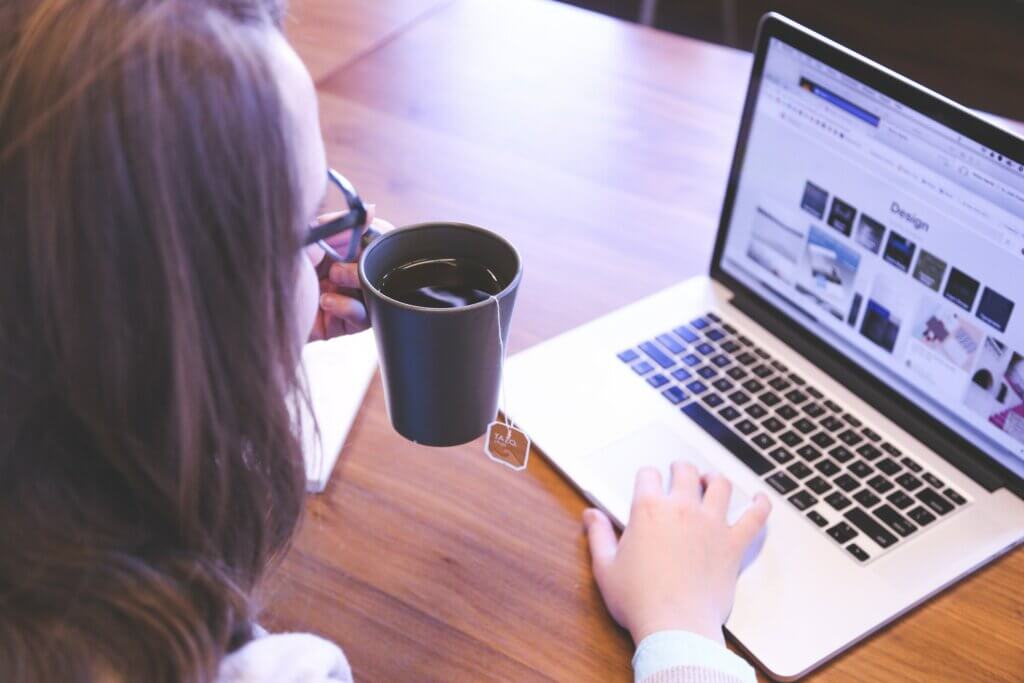
Young people are always looking for the latest app or site to go on, and if they come to you talking about social media there are lots of things to consider.
Here, we will help answer the big questions that parents and carers may have when their child asks about signing up for a new social media app.
When should I allow my child to join social media?
If your child has approached you with a desire to join social media, it is important to create a space for open conversation and approach the situation calmly, whilst thinking about their safety.
As their parent or carer, it is ultimately your decision as to whether your child should join social media, but there are key factors to consider.
The minimum age to sign up for most social media is 13.
If your child has approached you about joining social media but is under 13 years old, there are some sites such as LEGO Life, YouTube Kids, and PopJam that are specifically designed for younger children.
At Childnet, we always encourage young people to be truthful about their age, as more safety features will apply if they do.
Have a conversation with your child about why sticking to these age requirements is important, and how when they reach 13 you can revisit the conversation about signing up.
If you are considering allowing your child to join social media, then there are some measures you can take to help ensure they are enjoying it in a safe and secure way, including using parental controls and privacy settings.
Parental Controls
There are parental controls which you can put in place to help protect your child from inappropriate content online.
These controls can be used in a number of ways: to limit access to only show age appropriate content, to set screen time limits, or to help you monitor activity.
Check out our advice page on parental controls to see how, when and where you can set them.
We also recommend checking the free practical guides from Internet Matters to show you how to set up parental controls on various platforms.

Privacy settings
As well as checking any parental controls of a social media app, it is important to see what privacy settings it has to offer.
The easiest way to see whether the app has privacy settings is to type the name of the app into a search engine along with the term “privacy settings”.
We recommend using privacy settings wherever possible – this will enable your child’s profile to be undiscoverable to strangers and their content to be visible only to their friends.
With social media platforms often updating their privacy settings, it’s worth revisiting privacy settings to make sure you’re getting the best protection available.
If your child an upsetting experience on social media despite the parental controls, make sure they know how to use the report and block buttons and that they can come to you to talk it over.
The report button is there to alert a platform that a user has broken the rules. Making a report is important as it helps to prevent the user doing it again and other users from coming across harmful content.
The block button is an instant way to prevent a user from appearing on the platform you or your child have seen them on.
If possible, only block them after reporting them, or the platform won’t be flagged that rules have been broken.
Choosing the right social media for your child
During your conversation with your child, find out which sites they’re most interested in.
Which social media aligns most with their interests? Are they into taking pictures? Do they like to make videos? Or do they like to check their favourite celebrities and influencers are up to?
Whatever app you and your child decide to go with, remember to discuss how they can use it safely and investigate the different parental controls available. This will help you and them feel empowered to use social media positively and safely.
For information about some of the key social media sites young people are using we recommend reading the UK Safer Internet Centre’s advice pages.
Enjoy reading about social media? Here are our recent guides about the different platforms available:
Twitter release Circle – a guide to the latest feature


